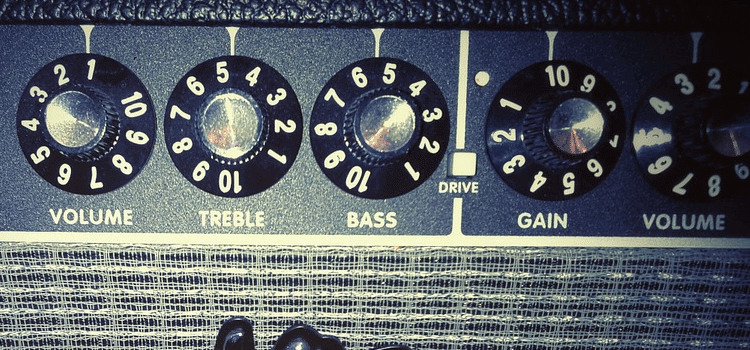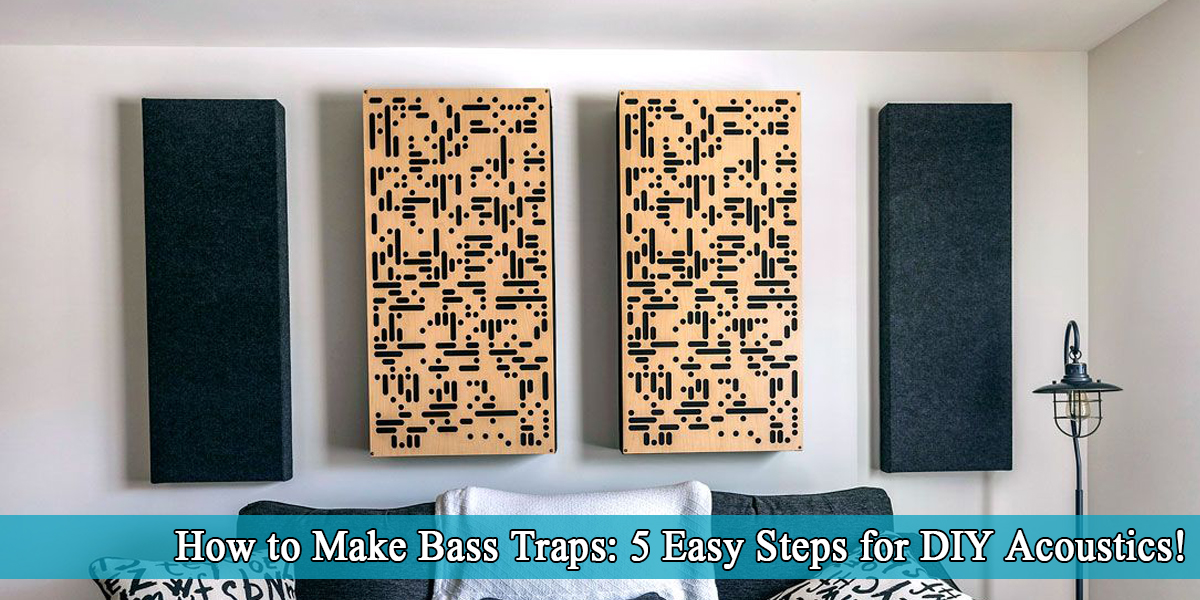What is the Difference between Gain vs Volume
Introduction
Let’s say you’re at a show or rehearsal, and you turn to your amp or mixer because you need to make something louder. You’re probably faced with a bunch of knobs or maybe even a fader, labeled things like gain, trim, level, volume, master, or something similar. So, which one should you adjust, and when?
The difference between gain and volume, in particular, confuses a lot of people. As always, my goal is to help clear things up for anyone who isn’t quite sure what each knob actually does.
When you use the volume knob, you control how loud the output signal is—and you need to be careful with how much you turn it up. The louder the output, the more problems you might run into later. On a guitar amp, you can sometimes turn it up higher to get some extra color in your sound, but that’s specific to guitar amps.
Also, pay attention to the input signal path. Make sure the signal is routed properly if you want to avoid issues down the line. With that said, let’s dig into this topic and try to clear up the confusion between these two controls.
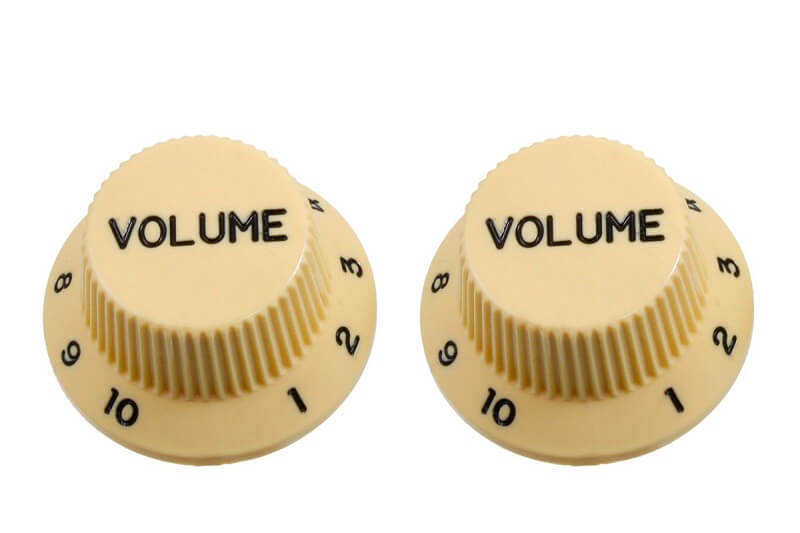
What is the gain?
Gain is actually the ratio between the input volume and the output volume of an electrical circuit. That’s what it really is, no matter how many websites simply tell you it’s just “the volume on the input.”
It gets a bit more complicated when you start dealing with voltage and current in electronics (which is everything we use to record). Amplitude is measured in voltage, which directly relates to volume.
Many sites try to make things simpler so you can understand, and that leads them to say gain is basically the opposite of volume. That’s an easier way to think about it, but it’s not really the full truth.
The problem is that some people think they understand gain when they really don’t, and some professionals do know the difference but don’t care about using the wrong term, since everyone else does it anyway.
For example, on almost any gain-reducing plugin or hardware unit, you’ll often see the output volume labeled as “makeup gain.” Technically, that’s not accurate, but it’s become a convention.
For practical purposes, you can think of gain as the input volume until you have a deeper understanding, which I’ll help you build as we go. The real question is: why do we need this level of control at the start of a signal chain?
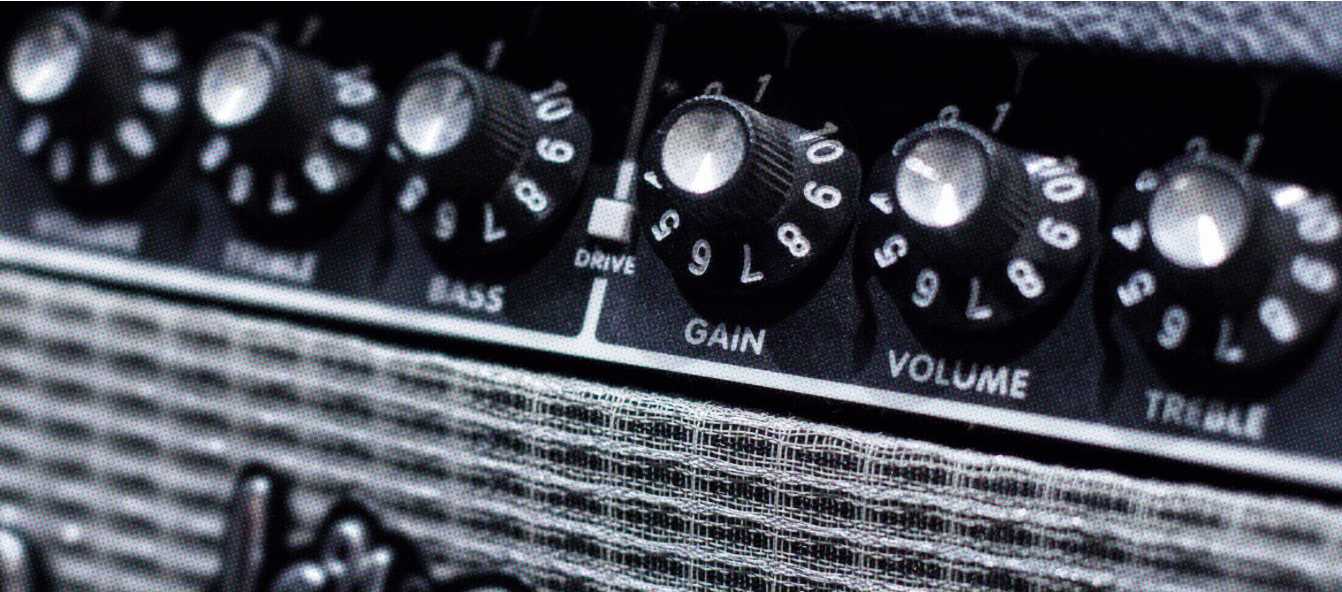
What is the volume?
Volume is exactly what you probably think it is and are used to dealing with. When you turn the knob on your car radio, the sound gets louder. When you push up the fader on a mixing console, that track gets louder. There’s nothing mysterious about it.
Volume measures the output of an audio system, and it’s measured in decibels (dB). You can think of a sound system as a set of speakers, headphones, an airplane engine, a chainsaw, or even someone whispering in your ear.
A “system,” in this case, is anything that produces sound, and volume is measured on the decibel scale. The higher the number of decibels, the louder the sound. There’s more to say about sound pressure levels (SPL) and sound depth, but let’s not make things more complicated right now.
The main thing to understand is that you can adjust the volume of a sound system, and it won’t change the quality or tone of the audio signal. Even if your sound system starts to distort, the audio signal itself stays the same. Volume is all about the output, so it can’t affect audio quality.
Now, let’s compare this to gain, and the difference should become clear, especially if you remember what I’ve just explained about volume. But if it’s still confusing, don’t worry.
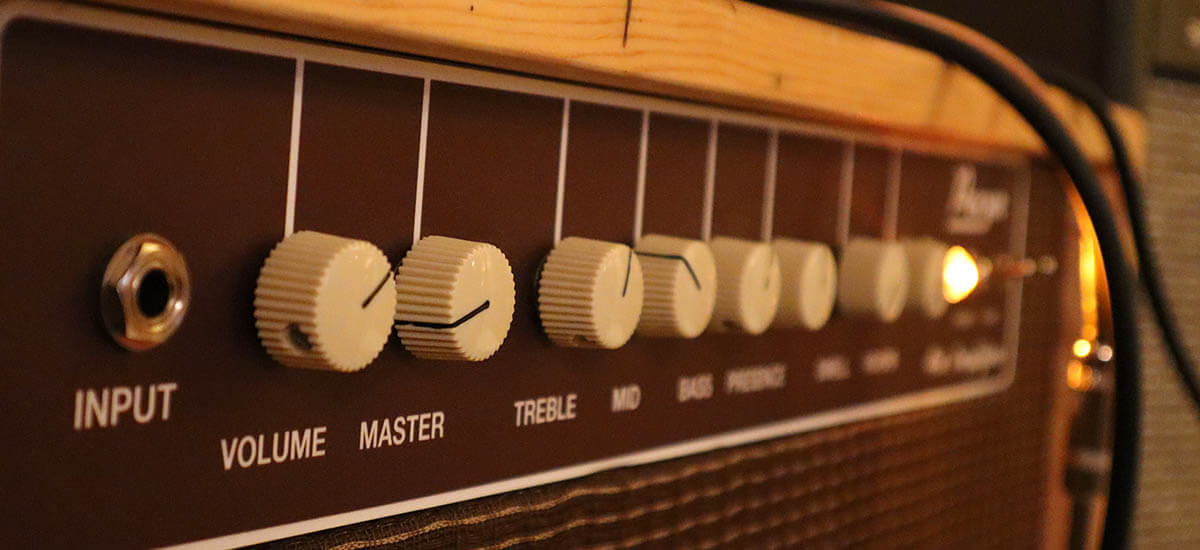
Simply put:
- Gain usually controls what goes into a piece of equipment.
- Volume usually controls what comes out of a piece of equipment.
Relating the two
An easy and more visual way to think about this from a mixing perspective is to treat your gain as your sensitivity control. If you want a mic to be more “sensitive,” turn the gain up. That said, this is usually a “set and forget” adjustment. If you’re trying to mix using the gain knob, you’re doing it wrong—except for quick changes during a live performance. Balancing and level management should be done with the faders or the knobs specifically assigned for that purpose.
Another reason not to rely on your gain control is that increasing the gain also raises your noise floor. The noise floor is the audible noise present in a signal, often coming from the components in your signal chain. Ideally, this noise should be below the threshold of hearing, but as you turn the gain up, the noise comes up with it.
When it comes to amp settings, your gain or drive controls how hard the signal hits your preamp. This is where your “overdrive” comes from, as you actually push the preamp stage harder. Adjust the gain for tonal reasons, and then use the level or volume control to boost the power amp to reach your desired volume. If you do this the other way around, you might introduce unwanted noise into your signal.

Gain vs Volume – Simple to Understand!
If you’re interested in getting a bit deeper, it’s fascinating to see how, in acoustics, loudness is actually a subjective experience—our perception of volume changes depending on the frequency. This phenomenon is mapped out in equal-loudness contours, known as the Fletcher-Munson curve.
When it comes to gain and volume, it’s important to clearly understand the difference. To sum it up: volume controls the loudness of a sound system’s output and doesn’t affect the quality, while gain increases the loudness within the audio system itself and directly impacts the sound or recording quality.
If you care about sound quality, you should be using gain correctly. Understanding the difference between gain and volume is simple, but using gain properly takes a bit more effort—and it’s definitely worth your time.
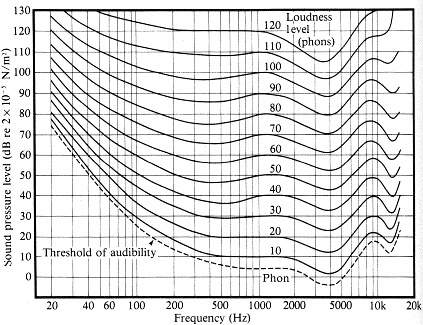
Conclusion
The levels you set will determine how good or bad your recording sounds. In digital recording, if you go above 0dB, the audio will clip. 0dB doesn’t mean ‘no sound’—it’s actually the highest level a digital system can handle before it runs out of bits to store information and starts clipping the signal.
The key to good recording levels is to get as strong a signal as you can without going over the maximum your recorder can handle.
How strong is too strong? That depends on the bit depth you’re recording at, as well as your own preferences. Recording at a slightly lower level won’t ruin your track, but a single clipped note definitely can.
In general, just remember: gain = input and volume = output. There’s a lot more detailed advice online if you’re still confused.
Digital recording is unforgiving; once you run out of bits, the result is harsh, anharmonic clipping. While analog recording can be a bit more forgiving, proper gain staging is just as important as ever.
If you don’t use enough gain early in the chain, you’ll run into problems with your noise floor, as that noise gets amplified more and more later on. Use too much gain, and you’ll be constantly in the red.
That’s another reason you shouldn’t “ride” the gains, whether you’re recording or mixing live. Changing the gain at one point in the chain creates a kind of butterfly effect down the line. Any changes in perceived volume should always be made with the fader or the assigned level control.
